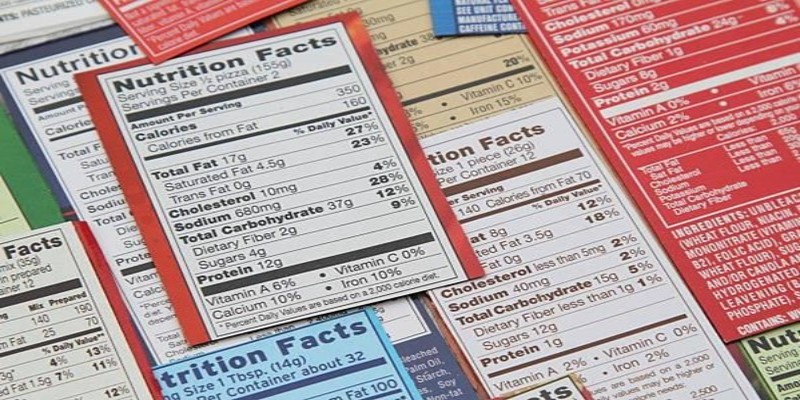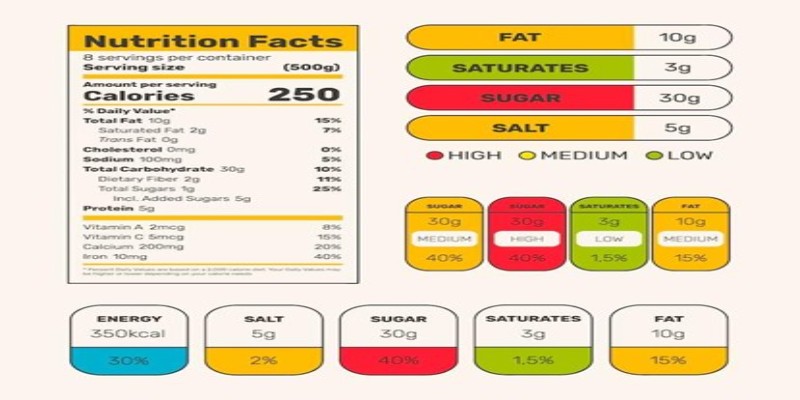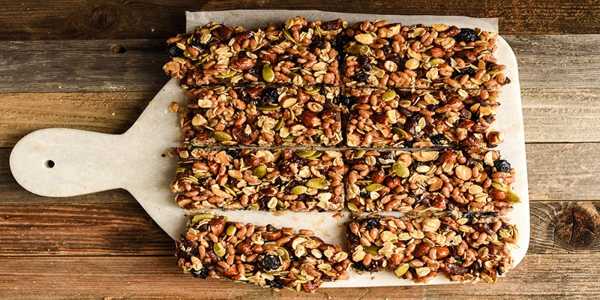How To Read Nutrition Labels: A Comprehensive Guide
Ever grabbed a snack, flipped it over, and thought, "What on earth is all this?" You see calories, fats, and a bunch of stuff you don’t recognize. In the end, you either ignore it all or toss it in your cart, hoping for the best.
Nutrition labels aren’t just for gym enthusiasts or extreme health fanatics. They’re for anyone who wants to make smarter choices without falling for clever marketing tricks.

The Nutrition Label: What's on It
Let’s face it – the majority of us look at the calories and forget the rest. But if you’re trying to build a solid nutrition plan, you need to know what each part of that label is trying to tell you.
Here is what to pay attention to without being overwhelmed:
Serving Size:
This is the trap door. Always check it first. All the rest on the label is calculated on this, not the pack itself.
Calories:
Good to keep in mind, but don’t stress over them too much. What matters more is where those calories come from.
Macronutrients (fat, carbs, protein):
These are the things that your body operates on. Depending on your nutrition plan, it is important to keep everything in balance.
Sugar and Sodium:
These two sneak into everything. Be aware, particularly if you want clean nutrition benefits.
Percent Daily Values:
This is an indication of how much nutrients are useful for a day-to-day diet. Over 20%? High. Under 5%? Low. Use this to identify nutritious warning signals or wins.
Reading Between the Lines: Ingredients List Breakdown
Directly below the nutrition facts is the real story. The mix of ingredients betrays what you’re filling your stomach with.
• Some rules to follow when living (and shopping):
• Ingredients are listed by weight. If sugar’s the first thing listed, you already know what’s up.
• Shorter lists are usually better. Fewer ingredients often mean fewer hidden surprises.
Watch out for terms like “natural flavors” and “hydrogenated oils.” They might sound harmless but often signal extra processing.
Mastering this section helps you pick better options for your nutrition recipes, especially when you want something clean, simple, and good for you.

Label Hacks For Smarter Grocery Runs By Quick Label
When you know that, food labels begin to speak your language to you. And this is how to get them to work for you:
• Go for fiber: Try to find 3g or more in a serving.
• Check protein: If it’s a meal, shoot for 10 g++ of protein.
• Try to avoid added sugars, unless buying snacks or breakfast foods.
• Sodium alert: Do not go above 140mg for “low sodium” options.
These nutrition tips help you stay on track; even when you're just browsing for snack ideas or comparing cereals.
The Truth About Marketing Claims
“Low fat”, “high fiber”, and “immune-boosting”… these buzzwords are not always what they are cracked up to be. Distracting you from what’s actually in the product is one of food marketing’s favorite pastimes.
• Before you read the front of the package, turn it over and look at the label. Here’s what to do with the hype:
• Ignore the bold claims on the front of this book.
• Look at the facts.
• If it needs to convince you it’s healthy, it probably isn’t.
Stick to this mindset when you’re building your nutrition plan. It’ll save you from falling for shiny junk masquerading as health food.
How Nutrition Labels Get You out of the Meal Game
Once you start reading nutrition labels like a pro, you’ll find it easier to tweak your meals,
create better nutrition recipes, and plan balanced meals that support your health goals. Here is where label reading manifests itself in real life:
• Meal prepping? Learn from ingredients and macros to mix and match smarter.
• Trying a new diet? Use labels to meet your nutrition guide targets.
• Watching your sugar or salt? Let the label name the culprits for you.
It’s a game-changer. From just picking meals at will, you learn what gives you the fuel you need. That's when nutrition benefits start to show in your energy, digestion, skin, and overall mood.
The Use of Labels without Losing Your Mind.
No, you don’t need to read all the labels each time. But making label-checking a habit is one of those simple nutrition tips that snowball into better health.
Keep it practical:
• Examine the labels on the things you eat regularly.
• Compare some brands – sometimes the “healthier” option is hidden behind an unexciting package.
• Use your label reading skills to inspire better nutrition recipes—or at least avoid buying that sneaky “low-fat” muffin that’s cake.
As you use labels, you become better at recognizing what works and what doesn’t, the quicker you are.
Your Smart-Eating Superpower Starts Here
It’s not about being perfect; it’s about knowing more and making better choices, one meal and one label at a time. Reading nutrition labels gives you the upper hand. You can avoid sugar overloads, skip the salty traps, and give your body the fuel it really needs.
The best part? You don’t have to sacrifice taste or fun. You just start choosing foods that match your real goals; whether it’s glowing skin, better sleep, stronger workouts, or simply staying energized past 3 p.m.
Next time you’re at the store, think of yourself as a label-reading pro. This is your starting point for smarter, tastier, and more exciting nutrition. With the right plan, the benefits will ripple through your whole day—and your life.
And yes, snacks are still on the table. Just smarter ones, packed with real benefits and flavor.




